By Maryann Readal
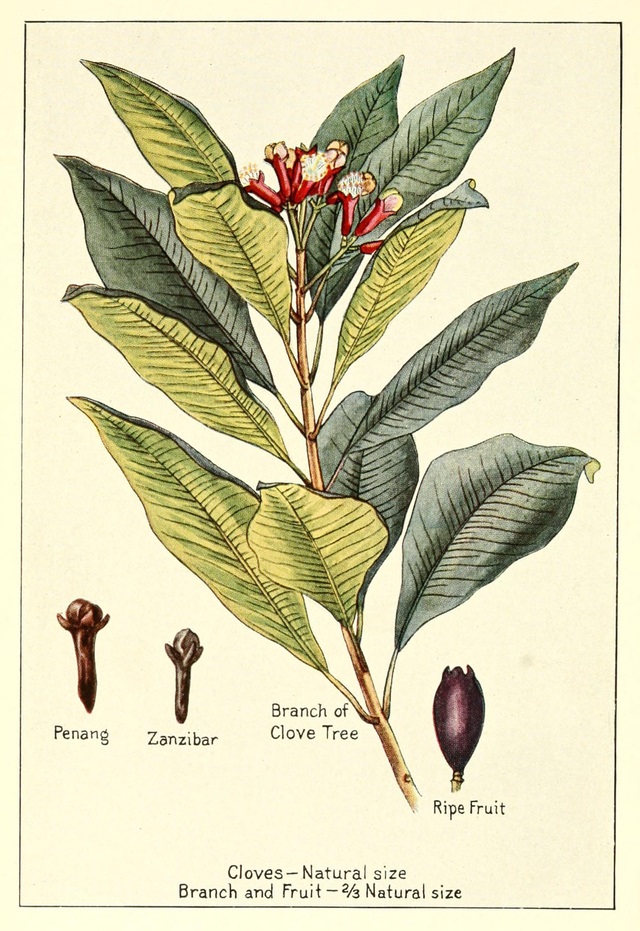 The spice that we call cloves comes from the clove tree, Syzygium aromaticum. This evergreen herbal tree is in the Myrtle (Myrtaceae) family and is native to the Molucca Islands in the Pacific Ocean. These islands were once called the Spice Islands and now are a part of Indonesia.
The spice that we call cloves comes from the clove tree, Syzygium aromaticum. This evergreen herbal tree is in the Myrtle (Myrtaceae) family and is native to the Molucca Islands in the Pacific Ocean. These islands were once called the Spice Islands and now are a part of Indonesia.
The tree needs a warm, humid climate, and deep, loamy soil to grow well. It is said that it also needs to see the sea in order to thrive. It does indeed grow well near the coasts of tropical islands. The clove tree can reach a height of 26 – 40 feet and begins to flower when it is about five years old. At 20 years, it is ready to begin harvesting the cloves, which are the unopened flower buds, growing in clusters of 10 – 15 buds. The tree continues to produce cloves for more than 80 years. A tree can produce about 7 – 40 pounds of cloves a year.
 The clove bud is harvested when the bud begins to turn from green to pink. The clove that we use in cooking is the stem of the flower and the round ball in the center is the unopened flower. Buds are hand-picked and dried in the sun, mostly in the fall. As they dry, the buds release a strong aroma that can be smelled from miles away. The mature fruit of the tree is called “Mother Clove” and contains a single seed. The oldest clove tree, named “Afo,” is on the island of Ternate in the Moluccas and is believed to be about 400 years old.
The clove bud is harvested when the bud begins to turn from green to pink. The clove that we use in cooking is the stem of the flower and the round ball in the center is the unopened flower. Buds are hand-picked and dried in the sun, mostly in the fall. As they dry, the buds release a strong aroma that can be smelled from miles away. The mature fruit of the tree is called “Mother Clove” and contains a single seed. The oldest clove tree, named “Afo,” is on the island of Ternate in the Moluccas and is believed to be about 400 years old.
 The History
The History
The origin of the name “clove” comes from the Latin word for “nail” which is clavus. Cloves have been used as a culinary spice and as a medicine in many countries around the world. It was an important traditional plant in the Spice Islands. Families celebrated the birth of a child by planting a clove tree. The health of the tree was a good omen for the health of the child.
Early Chinese writings from the 3rd century BC reveal that the spice was called “chicken-tongue spice,” and that visitors to the Han Emperor would first chew cloves so that their breath would be sweet when 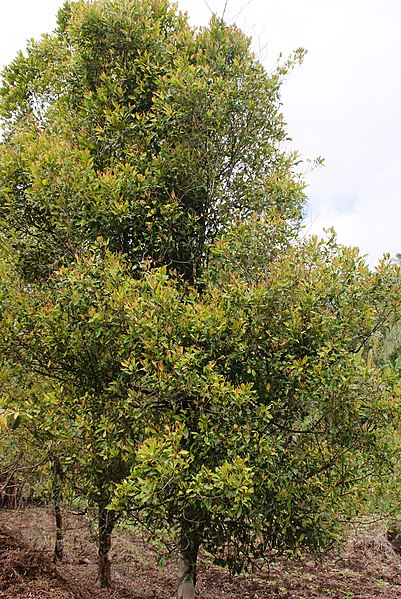 speaking with the emperor. Arab traders brought cloves to the Romans in the first century AD, where Galen, the famous Greek physician, used cloves in a soothing ointment (Donkin, 2003).
speaking with the emperor. Arab traders brought cloves to the Romans in the first century AD, where Galen, the famous Greek physician, used cloves in a soothing ointment (Donkin, 2003).
Europeans did not discover the Moluccas until the 1500s, when Magellan’s circumnavigation trip brought him and his crew to these islands with their treasured spices. His ship returned to Portugal in 1522 with 53,000 pounds of cloves, representing a 2500% profit for the voyage (Donkin, 2003). Because of this discovery, Portugal controlled the spice trade until they were defeated by the Dutch in 1605.
The Dutch East India Company then controlled the trade in cloves, nutmeg, and mace from the Moluccas. In an attempt to preserve the lucrative trade in those spices, the Dutch destroyed all of the clove trees except those on the island of Ambon, which they controlled. It is said that, beginning in 1770, French missionary Pierre Poivre was able to smuggle seedlings out of the islands and began planting them in French colonies like Mauritius, thus initiating the decline of the Dutch East India’s monopoly of the spice trade. Seedlings then reached the Tanzanian islands of Zanzibar and Pemba, where until 1972, there was a law on the books that made 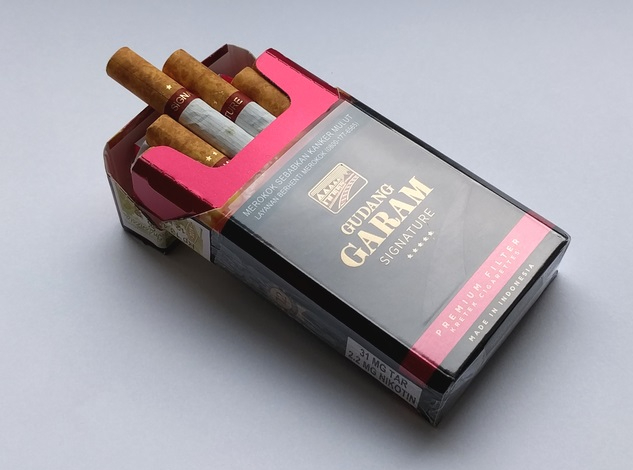 smuggling cloves from the island punishable by death (Mosely, 2020). Today, the finest cloves are said to come from Zanzibar, and they remain an important cash crop for Tanzania. Cloves are still harvested in Indonesia, but 80% of the crop is used in the manufacture of the fragrant, domestic clove cigarette called kretek and is also used as a flavoring in the preparation of betel nut quids (Sui and Lacy, 2015).
smuggling cloves from the island punishable by death (Mosely, 2020). Today, the finest cloves are said to come from Zanzibar, and they remain an important cash crop for Tanzania. Cloves are still harvested in Indonesia, but 80% of the crop is used in the manufacture of the fragrant, domestic clove cigarette called kretek and is also used as a flavoring in the preparation of betel nut quids (Sui and Lacy, 2015).
Culinary
Throughout history, cloves have been valued as a food preservative because of its antiseptic properties. It has a strong, intense aroma and is slightly sweet and hot to taste. It is an ingredient in Chinese five-spice powder, Indian garam masala, Arabic baharat, Moroccan ras el han out, Tunisian galȃt dagga, Ethiopian berbere, Mexican mole sauces, and the French quatre épices.
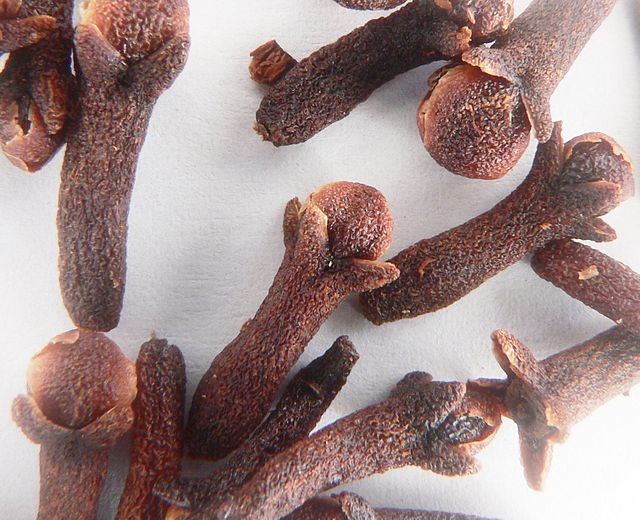 The French stud an onion with cloves and use it when making chicken broth. Cloves are an ingredient in Worcestershire sauce and ketchups. Amaretto and some vermouths use cloves to amplify other flavors in the liquor (Stewart, 2013). Our holidays would not be as flavorful without ground cloves in pumpkin pie or on a ham that is studded with this nail-like spice or in the mulled wine or apple cider that we toast the holidays with. And of course, there is the orange that we stud with cloves during the holiday season, using it both as a decoration and as a room freshener.
The French stud an onion with cloves and use it when making chicken broth. Cloves are an ingredient in Worcestershire sauce and ketchups. Amaretto and some vermouths use cloves to amplify other flavors in the liquor (Stewart, 2013). Our holidays would not be as flavorful without ground cloves in pumpkin pie or on a ham that is studded with this nail-like spice or in the mulled wine or apple cider that we toast the holidays with. And of course, there is the orange that we stud with cloves during the holiday season, using it both as a decoration and as a room freshener.
Medicinal Uses
Clove, as a medicine, was used in the 3rd century BC in China. It was used as a warming herb, as a tonic and stimulant, as an antiseptic, and to treat toothaches and scorpion stings (Hancock, 2021). Introduced to India in roughly the first century AD, “cloves were used in traditional Ayurvedic medicine and were used to remove bad odors from the mouth and cure it of all impurities” (Donkin, 2003). References to the medicinal applications of cloves during the Middle Ages in Europe are found in medical texts of that era. During that time period, cloves were used for stomach complaints, and the oil was used to dress open wounds.
Today, studies show that the antimicrobial and antioxidant properties of cloves show promise for use in food preservation, among other uses. “Clove essential oil is traditionally used in the treatment of burns and wounds and as a pain reliever in dental care as well as treating tooth infections and toothaches” (Batiha, 2020). I have memories of my father using oil of cloves to ease a sore tooth.
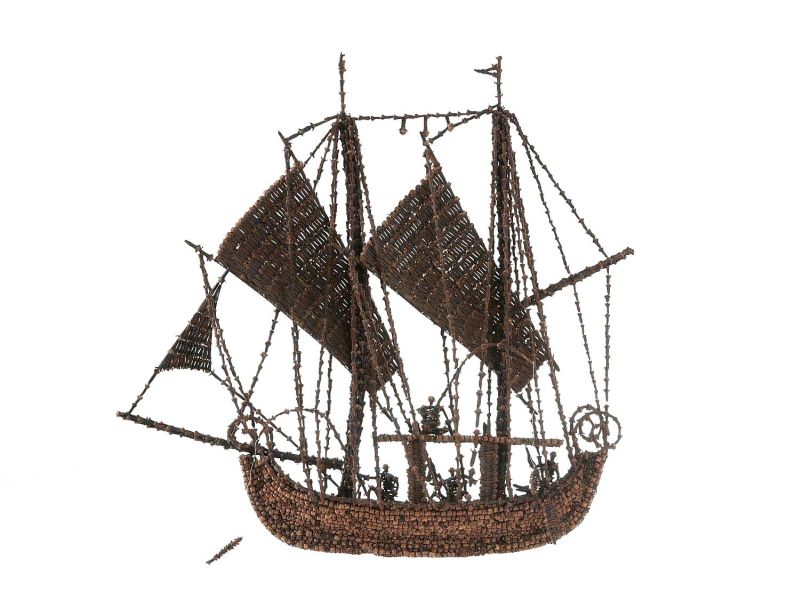 Artistic Use of Cloves
Artistic Use of Cloves
Similar to how we construct buildings with plastic Lego®s, Indonesians build intricate model boats and houses using cloves. These intricate models are a common craft item on the Moluccan island of Ambon. Some models from the 17th century are on display in the Troopeen Museum in Amsterdam and in London’s British Museum.
For more information about cloves, recipes, and a beautiful screen saver, please see The Herb Society of America’s Herb of the Month webpage, https://www.herbsociety.org/hsa-learn/herb-information/herb-of-the-month.html
Medicinal Disclaimer: It is the policy of The Herb Society of America, Inc. not to advise or recommend herbs for medicinal or health use. This information is intended for educational purposes only and should not be considered as a recommendation or an endorsement of any particular medical or health treatment. Please consult a health care provider before pursuing any herbal treatments.
Photo Credits: 1) Clove botanical print (public domain); 2) Clove flowers and leaves (public domain); 3) Cloves drying in the sun on Pemba Island (Creative Commons, Pemba.mpimaji); 4) Clove tree (Creative Commons, Midori); 5) Clove cigarettes (Creative Commons, Meequo); 6) Dried clove buds (Creative Commons, David Monniaux); 7) Clove ship (Tropenmuseum, part of the National Museum of World Cultures).
References
Ambon Information Website. (2011). Accessed 10/31/21. http://www.websitesrcg.com/ambon/history/history-maluku-01.htm
Batiha, G.E. etal. (2020). Syzygium aromaticum L. (Myrtaceae): Traditional Uses, Bioactive Chemical Constituents, Pharmacological and Toxicological Activities. Biomolecules, 10(2), 202. Accessed 10/2/21. https://doi.org/10.3390/biom10020202
The clove tree that ended the monopoly. (2017). Accessed 10/5/21. https://thetreeographer.com/2017/09/08/the-clove-tree-that-ended-a-monopoly/
Donkin, R.A. (2003). Between East and West: the Molucca and the traffic in spices up to the arrival of Europeans. Philadelphia: American Philosophical Society. Internet Archive. Accessed 10/17/21. https://archive.org/details/bub_gb_B4IFMnssyqgC/page/n173/mode/2up
Hancock, John. (2021). The early history of clove, nutmeg, & mace. Accessed 10/10/21. https://www.worldhistory.org/article/1849/the-early-history-of-clove-nutmeg–mace/
Mosely, James Allen. (2020). The mystery of herbs and spices. Maine: Winterwood Publishing Company.
Stewart, Amy. (2013). The drunken botanist. New York: Workman Publishing.
Sui, Cindy and Anna Lacy. (2015) Asia’s deadly secret: the scourge of the betel nut. BBC News. Accessed 12/1/21. https://www.bbc.com/news/health-31921207
Maryann is the Secretary of The Herb Society of America and a Master Gardener. She is a member of The Society’s Texas Thyme Unit in Huntsville, TX. She lectures on herbs and does the herb training for several Master Gardener programs. She gardens among the pines in the Piney Woods of East Texas.


Pingback: Cengkih - Bumbu Liburan dan Ramuan Bulan Ini - Blog Herb Society of America
Reblogged this on Paths I Walk.
LikeLike
Fascinating
LikeLiked by 1 person
Herbs are truly fascinating plants!
LikeLike